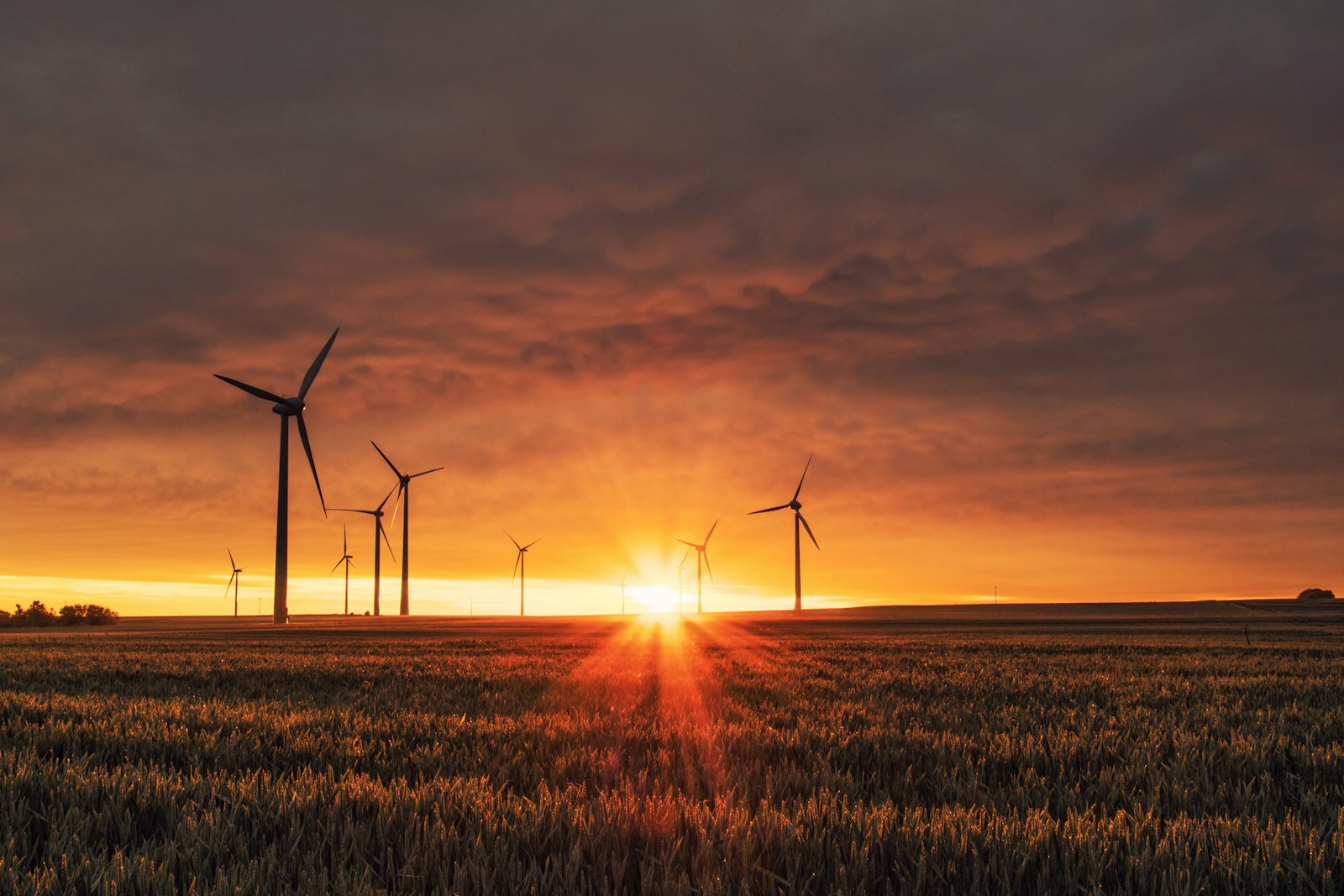In a sweeping executive order, President Donald Trump has paused federal approvals for new wind energy projects, both onshore and offshore, marking a significant shift in U.S. energy policy.
Key Points at a Glance
- President Trump has signed an executive order halting federal approvals for new wind energy projects.
- The order directs the Interior Secretary to assess the environmental and economic impacts of wind projects.
- This move aligns with the administration’s focus on bolstering fossil fuel development.
- Major offshore wind developers, such as Ørsted, face financial setbacks due to the policy change.
- The executive order is expected to face legal opposition from environmental groups and industry stakeholders.
On January 21, 2025, President Donald Trump signed an executive order temporarily halting federal approvals for new wind energy projects, encompassing both onshore and offshore developments. The directive mandates the Interior Secretary to conduct a comprehensive review of wind leasing and permitting practices on federal lands and waters. This assessment will consider the environmental impact on wildlife, economic costs associated with intermittent electricity generation, and the effect of subsidies on the wind industry’s viability.
This policy shift is part of the administration’s broader strategy to bolster fossil fuel development, aiming to reduce energy costs and achieve energy independence. President Trump has been a vocal critic of renewable energy, particularly offshore wind, citing concerns over reliability and economic efficiency. The executive order also includes a temporary prohibition on projects like Magic Valley Energy’s Lava Ridge Wind Project in Idaho, which has faced local opposition due to potential impacts on cultural and historical sites.
The ramifications of this order are already evident in the industry. Ørsted, the world’s largest offshore wind developer, experienced a significant drop in shares following the announcement. The company imposed a $1.7 billion impairment charge on its U.S. projects, attributing the loss to delays and rising costs associated with America’s largest offshore wind farm and the declining value of seabed leases in New Jersey, Maryland, and Delaware amidst market uncertainties. The executive order halts federal offshore wind leasing on the continental shelf to review environmental impacts and support the fishing industry, raising concerns about the long-term future of the U.S. offshore wind sector.
Critics argue that this move undermines efforts to transition to cleaner energy sources and address climate change. Environmental groups and industry stakeholders are expected to mount legal challenges against the executive order, contending that it regresses environmental progress and hampers the growth of renewable energy infrastructure. Conversely, supporters claim that the focus should be on more reliable and cost-effective energy sources, emphasizing the need for a balanced approach to the nation’s energy portfolio.
This development marks a pivotal moment in U.S. energy policy, highlighting the ongoing debate between advancing renewable energy initiatives and supporting traditional fossil fuel industries. The outcome of the mandated review and subsequent policy decisions will significantly influence the future landscape of the nation’s energy production and environmental strategy.
